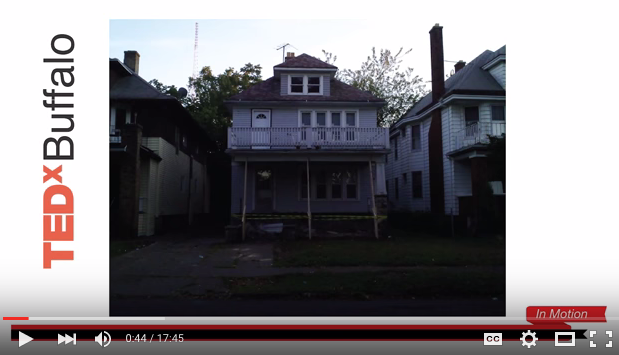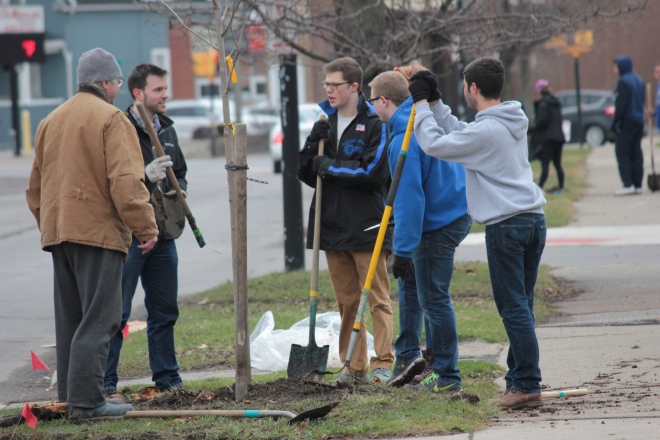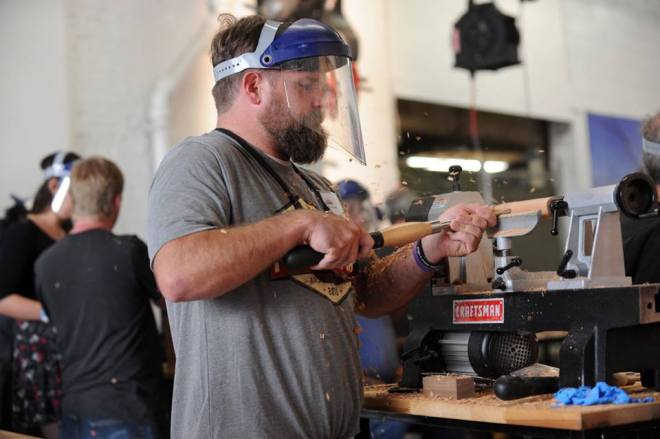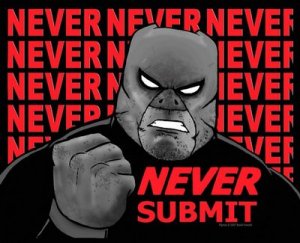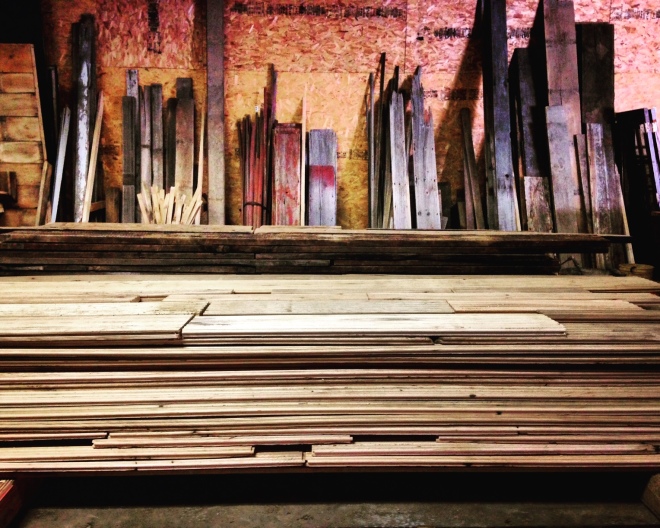
A glimpse of the 8,000 sf warehouse that is now Sangamon Reclaimed.
My friend, Meegan, recently started her own business sourcing lumber. Her sledgehammers are literally duct-taped together, and I mentioned wanting to connect her with some free tools. Of the dozens of times I’ve offered this opportunity, people have always pounced on it, but Meegan shut me down with, “No, listen, you need to talk to this guy Brian I’ve been working with who’s doing amazing things. Call him. I’m fine. I just need a forklift.” And so, when a stubborn Detroit woman who uses duct-taped sledgehammers tells you to do something, honestly, you just do it.
The next day, I reached out to the owner of Sangamon Reclaimed, Brian Frieze, a firefighter and veteran who started taking down barns and salvaging the wood. Now listen, I’m a member of the National Barn Alliance and lord knows I’ve been chased by dogs across several states while going in for a closer look, but unfortunately, we can’t save them all. The barns taken down by Sangamon Reclaimed will be burned to the ground if they aren’t carefully dismantled. Yes, burned to the ground.

The massive building holds a retail store, a warehouse space, an office and a side yard.
Now part of what makes this story different from other deconstruction stories is that Brian understands rural America and he understands that these structures have been symbols of livelihood for the families around him for generations. He cares about that symbolism, the cultural heritage, and the materials. He not only painstakingly dismantles these structures, he actually researches their history and documents it. I work in salvage. This is not typical. This is lovely and important.

This stroke sander has a 10′ bed and was brought in from New York. It’s a beast. A lovely, super handy beast. And great for large slabs.
Opening your wallet yet? Brian also decided that Sangamon Reclaimed would hire as many veterans and firefighters as possible. There are now five employees doing deconstruction and using the saved materials to build furniture and custom installations. But the mission continues. In addition to rapidly growing as a retail source for lumber, barn wood, and handcrafted goods, the company is determined to help those suffering from issues like PTSD and survivor’s guilt, which can lead to some intense struggles with employment and housing. Sangamon Reclaimed has partnered with numerous groups that help vets with these hurdles, and lately, Brian has been looking into starting a job training program for veterans who currently reside at a local homeless shelter.
So, a big thank you to Meegan for the tip and introduction. Please send her your sledgehammers. The ToolMade Project was thrilled to partner with Craftsman and help Brian and his growing crew expand their tools and storage collection – we’ll post pics of them with their Craftsman loot soon. As an aside, despite their reasonable prices, I spent far too much money in their rapidly growing retail section. If you ever find yourself in Springfield, Illinois, brace yourself for their small but mighty store. I could reconstruct a Midwest 3-portal barn with everything I lugged back to Chicago.
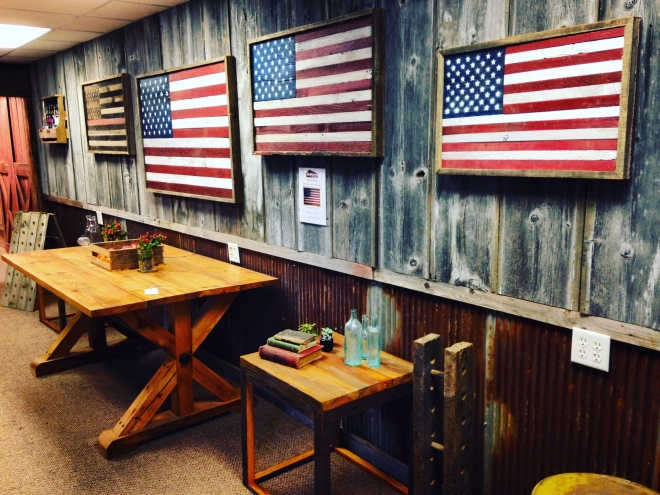
I snagged that black, white, and red flag and wiped out their entire stock of barn wood chevrons, thank you very much. Brian started a “Flags for Heroes” program, where a portion of each flag purchased goes directly to helping veterans and firefighters. They sell out like crazy.

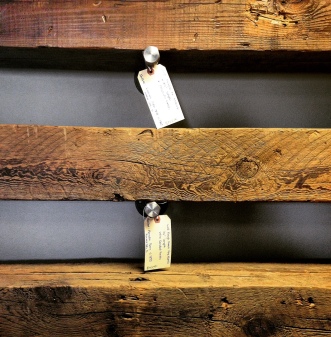









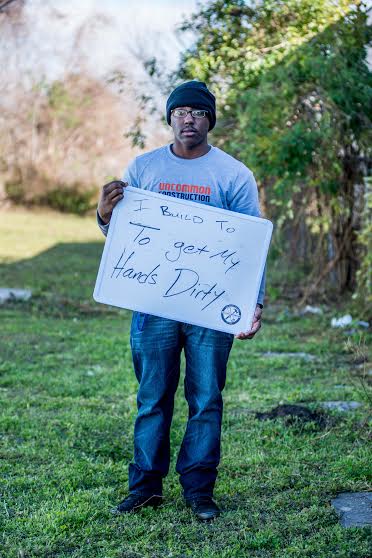
 *Note: Darren did such an amazing job summarizing the importance of these resources that many of the words in this post are his own. Thanks for making life so easy for both the people of Buffalo and also a gal in Chicago, Darren. All pics are of projects completed using the Tool Library’s resources.
*Note: Darren did such an amazing job summarizing the importance of these resources that many of the words in this post are his own. Thanks for making life so easy for both the people of Buffalo and also a gal in Chicago, Darren. All pics are of projects completed using the Tool Library’s resources.